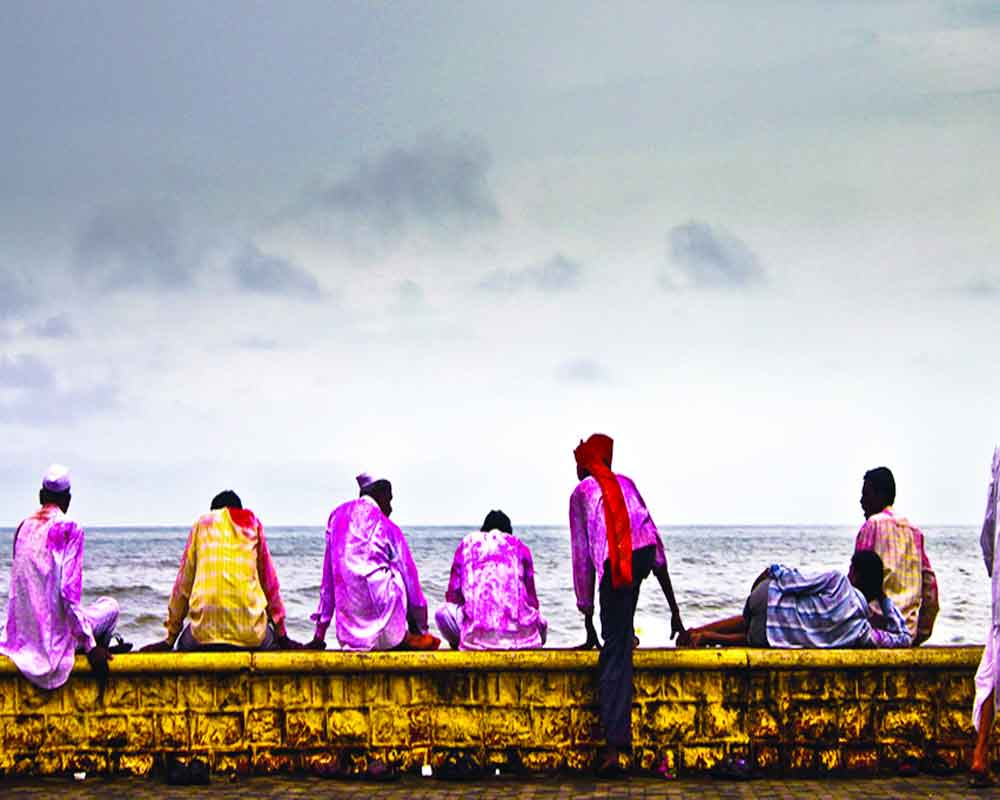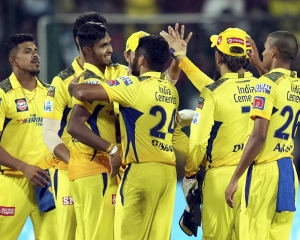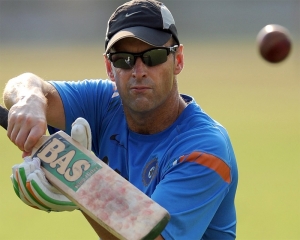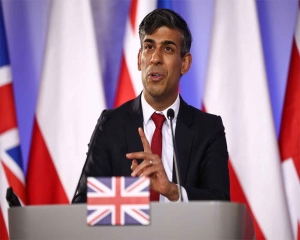Socioliterary Cultures in South Asia studies five nations — Afghanistan, Bangladesh, India, Pakistan, and Sri Lanka — which share not just national boundaries but also a history of diverse literary and linguistic practices, many of which have at different points in history overlapped, interacted or informed each other, writes Avantika Pokhriyal
That India is a land of diverse literary and cultural traditions has been used so often as to have become a truism. However, similar attention to the variegated nature of the socio-cultural as well as the literary landscape of the larger region of South Asia is missing. In fact, in the popular narratives of the self-congratulatory brand of nationalism, one tends to juxtapose the fluidity and multiplicity of India with the apparently static literary and social life of the nations in its immediate vicinity. Additionally, the use of markers such as ‘South Asia’ denotes a sense of homogeneity and uniformity which leaves little room for conceptualisation of a unique national identity, let alone of innovations and differences of each nation within the said area. It is only through an analysis of the entire region with an acute awareness simultaneously of what unites and also what gives each constituent country its distinctive identity can one truly begin to challenge the imposition of labels of Western origin. In spite of what they might suggest, labels are never wholly organic and they always create as much as they name a reality.
Socioliterary Cultures in South Asia by Anisur Rahman is an attempt towards understanding the “…self-evolved centrality of each location [in South Asia]” so that when “all of them [are] taken together”, they “impart uniqueness to a broader South Asian identity”. The book has a twofold aim, which is to celebrate the individual socioliterary identity of the nations comprising South Asia and to also understand that this microcosmic focus does not necessarily unravel the collective political identity. In other words, the book manages to maintain a fine balance between the local and the global.
Rahman, a former professor at the department of English in Jamia Millia Islamia University, is an author, poet, and translator and has various publications as well as edited/co-edited works to his credit, including Hazaron Khawaishen Aisi: The Wonderful World of Urdu Ghazals (2018) and In Translation: Positions and Paradigms (2019). His latest book, Socioliterary Cultures in South Asia, is an ambitious literary enterprise which, as the name suggests, covers the rather expansive geo-literary territory of South Asia. The aim of undertaking this challenge is prompted by, as the author writes in the preface of the book, the desire to resist the homogeneity imposed on the region through the use of the term ‘South Asia’. Socioliterary Cultures studies five nations — Afghanistan, Bangladesh, India, Pakistan, and Sri Lanka — which share not just national boundaries but also a history of diverse literary and linguistic practices many of which have at different points in history overlapped, interacted or informed each other. Through its nuanced analysis, the book stresses on the distinctive character of each of these countries without contesting or undermining the sense of a collective South Asian identity. There is a clear sense of co-sharing and co-development, which does not take away from an appreciation of the distinctiveness of each literary culture. In the author’s own words, “In addition to their social, cultural, economic, and political variables, South Asian nations have had a shared history of underdevelopment... they have always impacted each other either directly and indirectly, but even while they have done so, they have maintained their intrinsic differences.”
The book covers a wide expanse of time from the medieval period of the Sufi poet Rumi (1207-1273) and the Bhakti poet, Sant Kabir (c 1338-1448) to the contemporary era. It has a clear postcolonial emphasis in the ways it identifies the writers and texts as well as in its acknowledgement of the distinctive literary history of each region.
Socioliterary Cultures is divided into three thematically arranged sections: ‘Secular Traditions’, ‘Imaginary Landscapes’, and ‘Realistic Configurations’, each of which moves across spatial/national boundaries. The book will certainly be an asset for anyone interested in literature, particularly because of the lucid writing style. The ideas have been explained well and the arguments are clear and devoid of any pedantic jargon which make it an engaging read for people across a wide spectrum. The thematic variety that the book explores — from Premchand to the cinematic representation of Muslims in India, and from the Sufi poet Rumi to contemporary women poets of Pakistan — ensures that there is something for all kinds of readers.
Through its 17 chapters, the book fulfills its promise of offering a broad and expansive layout of the literary landscape of the five nations under consideration. Chapters such as ‘An Evolving Text: Tahmima Anam’s A Golden Age’ focus on the literary scenario of Bangladesh — an otherwise severely neglected area in South Asian studies — through the analysis of Anam’s debut novel released in 2007. The novel depicts the struggles of a widowed woman, Rehana Haque, trying to raise her family in a country struggling to create its national identity. Anam’s work is noteworthy for the way it weaves together the personal and the public, but also how it underlines a shared history of the subcontinent all the while maintaining its commitment to delineating the war for the liberation of Bangladesh.
As the author notes: “It has been generally argued that A Golden Age is a novel that draws essentially upon the experiences of war and liberation. To develop a larger and more Catholic view, I should like to posit that apart from drawing upon the idea and experience of war and liberation, this novel operates at two particular levels of time and space as it moves through the meandering motions of a historical period and the shifting locations in a given space. Even while it engages directly with Bangladesh, it also refers back and forth to two neighbours —India and Pakistan — that act as causes to many effects at the personal level of the characters involved and the political levels of the countries in question... This saga, which projects Bangladesh in a direct-indirect relationship with India and Pakistan, with all their parities and disparities, represents a major aspect of contemporary history of the Indian subcontinent.”
Keeping in tune with its broad thematic focus, the book covers a wide variety of genres from poetry to films. This, in turn, attests to the rich diversity of socioliterary output of the region under consideration. The author draws upon the printed text as well as the tradition of oral recitation, as in the case of Kajri. It is “a verbal and performance text”, which was sung primarily when rain-bearing clouds were heavy in the sky. Traditionally, a harbinger of the rains, the singing of Kajri is not limited to the monsoon season. It is a highly flexible form of poetry, which can incorporate issues that are political/public in nature. For instance, Kajri has been employed by some poets, like Ustad Bismillah Khan, to suggest an environment of political turmoil and pressure. The Ustad, once invited to a musical gathering in Jammu, sang the Kajri in spite of there being no indication of rains. For him, at that point in time, the clouds evoked in Kajri represented the atmosphere of political intrigue in contemporary Jammu. According to Prof Rahman, “The Ustad’s offering may be taken as a folklorist interlude of hope, faith, and redemption that his music might bring to listeners.”
Since this poetic form of expression is rare, it is pertinent to note what the author has to say about it, in greater detail: “Kajri may be read as eminent examples of secular poetry rooted in history, culture, region, spirituality, and patriotism. Apart from other constituents, nature and women remain at the centre of this composition. Kajri is an emotional and dramatic representation of village life... It represents individual history as forcefully as it does the history and geography of a people, its sociology, and its philosophy of existence... Kajri has had various forms since its origin at some point of time in the past and has passed through several variations in techniques of composition and styles of rendition... There are regional variations in the style of singing that may clearly be noticed in the way Kajris are sung in Ramnagar (Kashi) and Mirzapur. In this respect, Kajris may also be read as manifestation of the tones and tunes characteristic of a community of people living in two areas of the same region.”
The book is a treasure trove of information for people who are interested in South Asian studies and who want a book that is simultaneously engaging and informative without being reductive. The writer’s expertise in translation also comes to bear upon the chapters where he uses his own translation of Urdu verse as well as vernacular poetry. Other texts and writers discussed in the book include Sarojini Naidu, Faiz Ahmed Faiz, and Agha Ali Shah. It is clear that a great amount of research has gone on the part of the writer in the making of this book, which is never belied by the tone of effortless ease maintained by the writer. The book is a must-read for anyone interested in the social and literary traditions of South Asia, whether for academic purposes or otherwise.
Socioliterary Cultures in South Asia has been written by Anisur Rahman and published by Niyogi Books, Rs 650


























